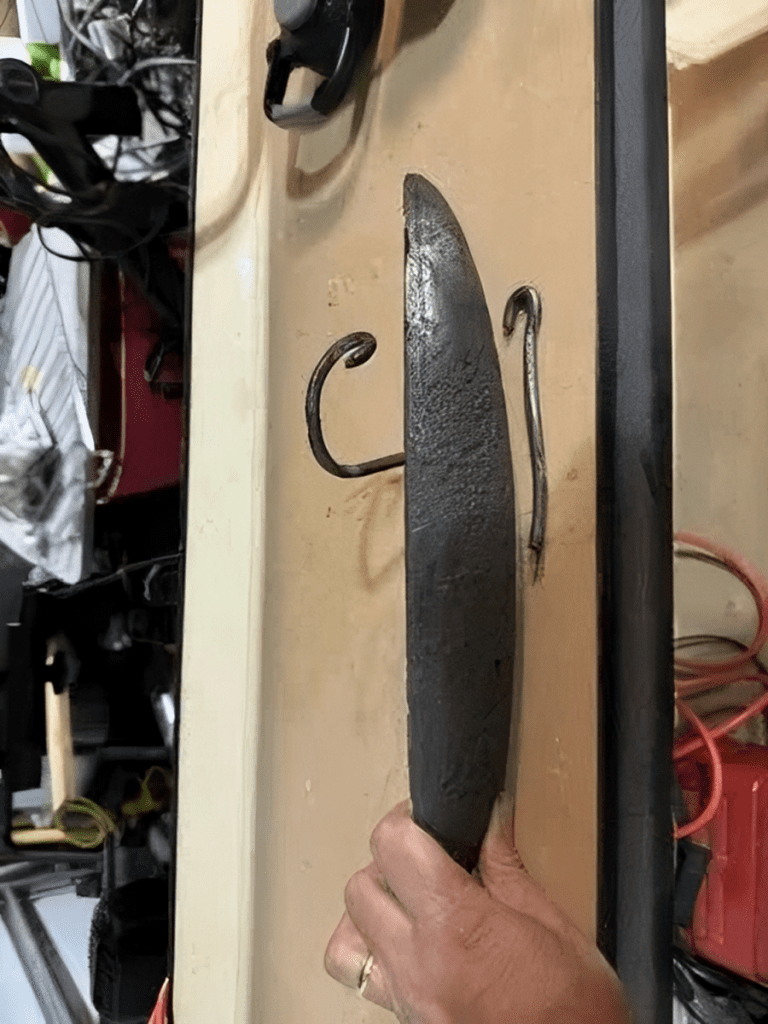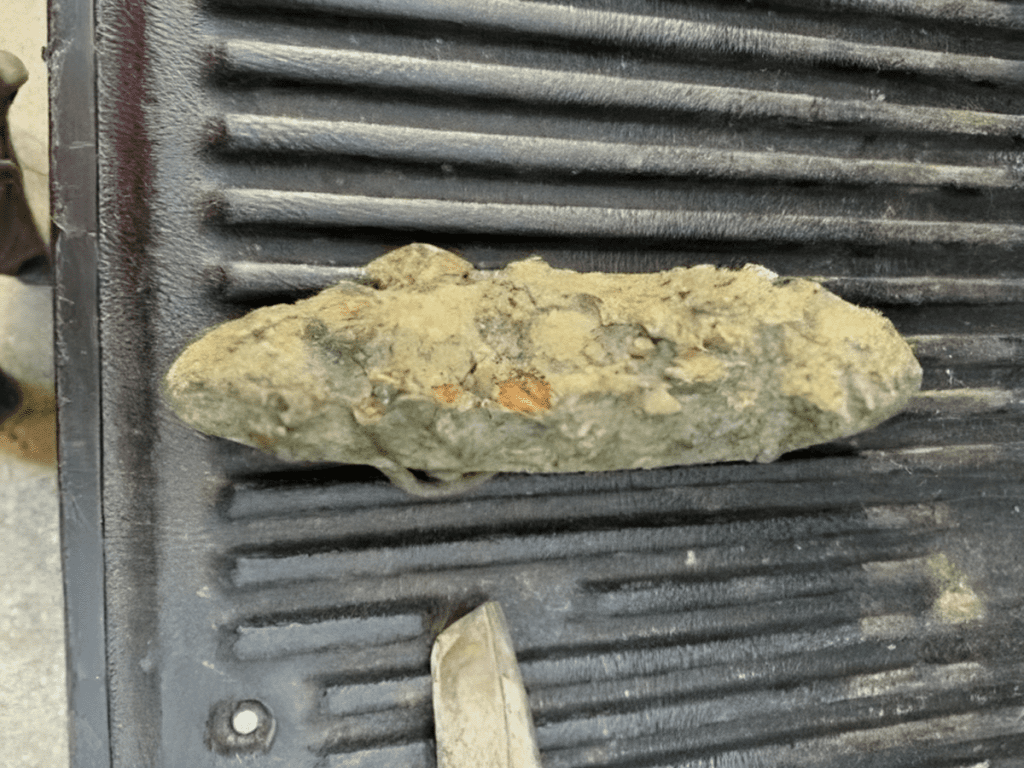The dawn of the industrial era introduced groundbreaking shifts in manufacturing. In the age of water and steam-powered mills, the technology was primitive compared to today’s advanced power transmission systems. Instead of relying on electricity or complex hydraulics, mills operated through intricate mechanical systems that spanned the entire building. A critical element of these systems was the spinning shaft, suspended from the ceiling, which transmitted power to the machines. At the heart of this mechanism was an often-overlooked component: the slip bearing. Alongside it, a simple yet vital tool ensured the bearings operated smoothly by catching oil and grease, averting potential disaster.
What is a Slip Bearing? Understanding Its Role in Early Mills

Slip bearings, also known as plain bearings, were essential in the power transmission systems of early mills. Unlike today’s roller bearings, which employ balls or rollers to reduce friction, slip bearings functioned through direct contact between two metal surfaces. These bearings were typically made from a soft alloy called bearing metal, chosen for its lower melting point relative to the shaft and hanger materials.
Slip bearings enabled shafts to rotate smoothly while transmitting power from one end of the mill to the other. However, due to their design, these bearings were prone to wear and tear, especially without proper lubrication. Oil and grease were necessary to reduce friction and maintain smooth operation, as the two metal surfaces in contact would generate significant heat.
The Tool That Caught Oil and Grease: A Simple Solution to a Big Problem
In water and steam-powered mills, slip bearings required consistent lubrication to prevent overheating. A tool, designed to catch the oil or grease that lubricated the bearings, played an essential role in their functionality. This tool was placed under the bearing to capture any excess lubricant, ensuring it didn’t drip onto the machinery or, more importantly, the workers below.
Lubrication was vital to reduce friction between the shaft and the bearing. Without sufficient oil or grease, the slip bearings would heat up, potentially softening or even melting the bearing metal. This could lead to catastrophic failures, causing the shaft to seize or, in extreme cases, completely halting mill operations. The oil and grease-catching tool was thus a simple yet critical component in keeping slip bearings—and by extension, the entire mill—running smoothly.
The Consequences of Running Out of Grease: A Hazardous Reality

A forgotten but fascinating aspect of slip bearings is the danger they posed when improperly lubricated. If a bearing ran dry, the friction generated between the metal surfaces would create intense heat. As the temperature rose, the soft bearing metal could start to melt. In some cases, molten bearing metal would drip from the ceiling, posing a serious hazard to workers below.
Beyond the immediate risks to workers, there was also a significant fire hazard. Mills were often built of wood, and the frictional heat from unlubricated slip bearings could ignite the wooden structures. Fires in mills were devastating events, not only threatening the lives of workers but also potentially destroying the machinery and raw materials essential for production. As a result, regular maintenance and lubrication of slip bearings were crucial practices in these early industrial settings.
Early Industrial Innovation: How Simple Tools Made a Big Difference

The oil and grease-catching tool might seem insignificant compared to other mill components, but it was a prime example of the innovative solutions devised to prevent disasters in early industrial mills. In an era when industrial safety was not as advanced as today, simple inventions like this played a huge role in ensuring the smooth operation of machinery and the safety of workers.
This tool serves as a reminder of the resourcefulness and ingenuity of the time. It was a cost-effective way to protect both the mill’s infrastructure and its workforce. While it was an elementary solution, it effectively met the needs of the day and helped to prevent potentially catastrophic events. As such, it’s a testament to the practicality and adaptability of early industrialists, who had to find ways to make their machinery run efficiently with the limited technology available.
The Legacy of Slip Bearings in Modern Machinery
Although modern machinery no longer relies on slip bearings in the same way, the principles they introduced are still relevant today. Slip bearings have evolved, but they remain an integral component in specific applications where high loads and low speeds are common. For example, many heavy-duty machines still use variants of plain bearings to support large, slow-moving parts.
The lubrication needs and heat management challenges that slip bearings faced in early mills have driven technological advancements in bearing design. Today, we see bearings with sophisticated self-lubricating materials, seals to prevent lubricant loss, and heat-resistant alloys that can withstand extreme conditions. The innovations born from early mill technology laid the groundwork for modern bearings that support faster speeds, heavier loads, and greater durability.
Remembering the Past: How Simple Solutions Shaped the Future of Industry
The humble oil and grease-catching tool of water and steam-powered mills stands as a symbol of early industrial innovation. It speaks to a time when industry leaders had to work with basic materials and straightforward designs, using ingenuity to overcome the limitations of their tools and technology. While these tools might seem outdated today, they were vital in their time, ensuring the smooth and safe operation of mills and enabling the progress that has brought us to the advanced systems we rely on now.
The history of slip bearings and the tools that maintained them illustrates how simple yet effective solutions can drive technological evolution. It’s a reminder of the resilience and resourcefulness that marked the early industrial age—a spirit that continues to fuel innovation today.
Conclusion
The oil and grease-catching tool might have been a small part of the grand machines that powered early mills, but it played a crucial role in the development of industrial technology. Through slip bearings and similar components, early mill operators navigated the challenges of power transmission, maintenance, and safety in ways that paved the path for future innovations. As we look back on these forgotten tools, we gain a deeper appreciation for the simple yet essential inventions that shaped the industrial world as we know it. They remind us that even the most basic tools can have a lasting impact, driving progress and inspiring new generations of innovators.


